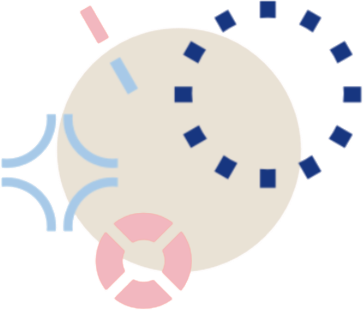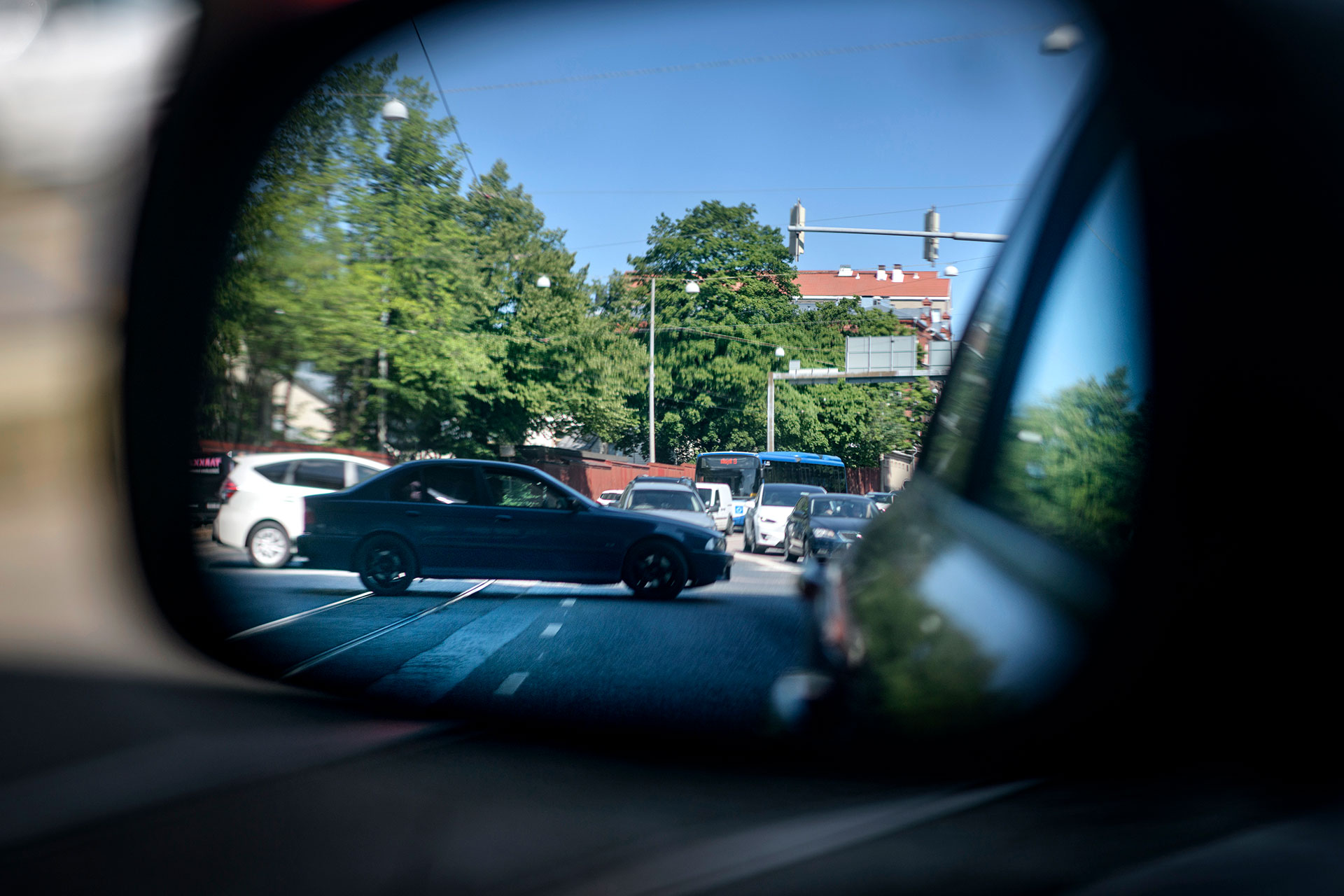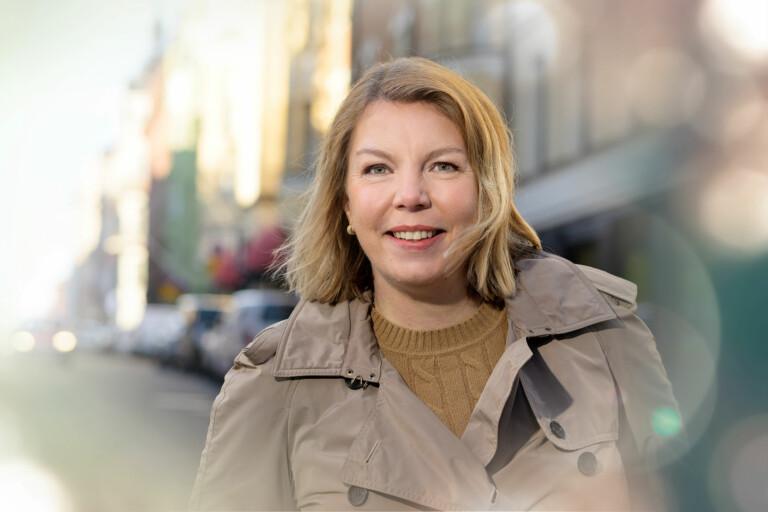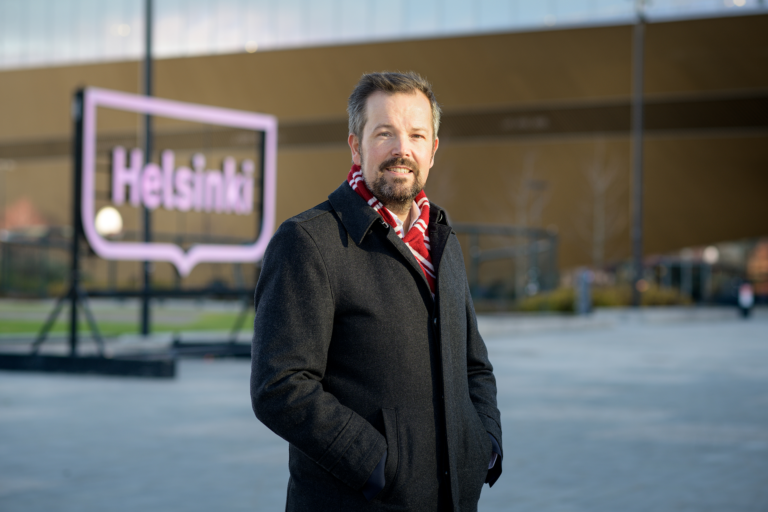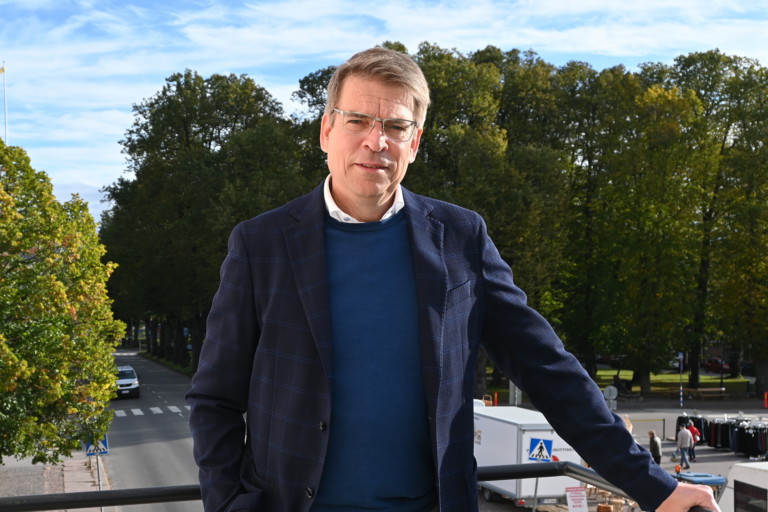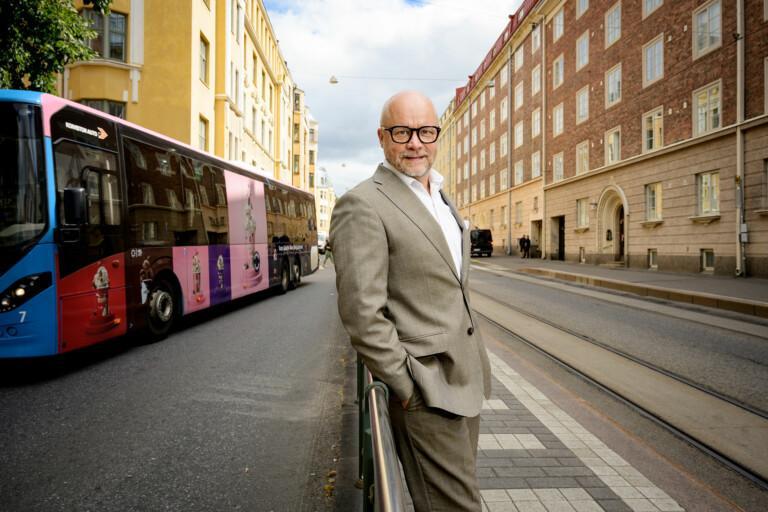You can read article in finnish Ydinkeskustaan haettava tasapaino liikenteelle ja kävelyalueille
Hotels, taxis and parking facilities are examples of industries for which the difficulty of accessing central Helsinki causes inconvenience and a direct loss of income.
The Nordic hotel group Strawberry operates ten hotels in the city centre, the most famous ones being Hotel Kämp and Clarion Helsinki in Jätkäsaari.
– The accessibility of both hotels has deteriorated in recent years, says Erika Ehrnrooth, Strawberry’s Chief Operating Officer for Finland.
Access to Hotel Kämp is hindered by the closure of two lanes of Esplanadi street. Clarion, on the other hand, suffers from traffic jams in West Harbour.
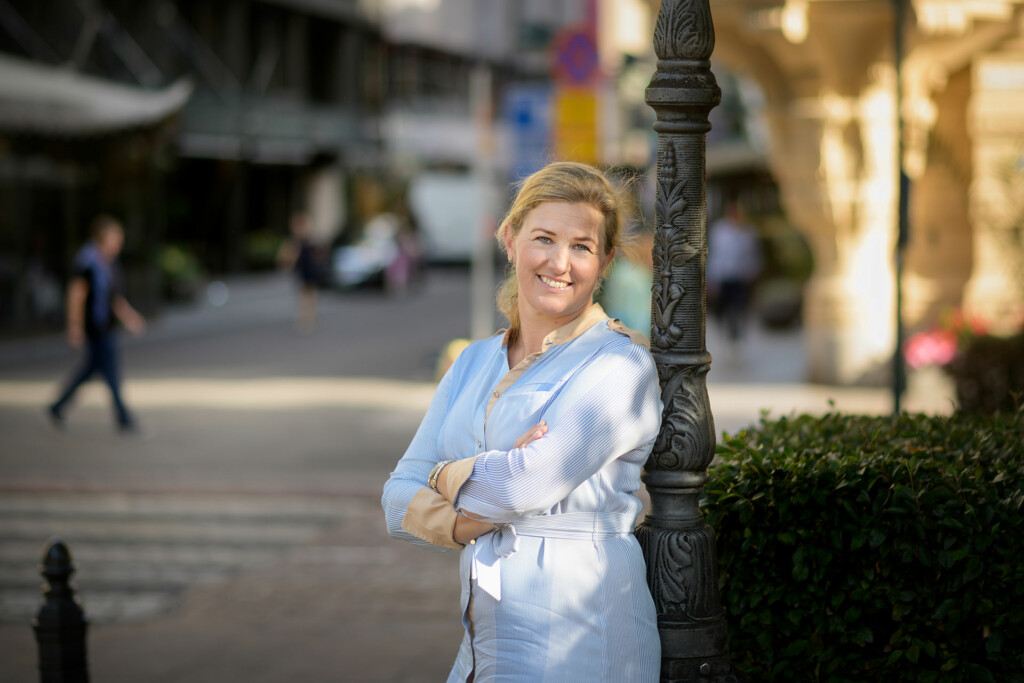
Ehrnrooth points out that the slowdown in traffic does not only affect customers. The hotels and restaurants also need smooth logistics.
Strawberry has more than 230 hotels across the Nordics. To Ehrnrooth’s knowledge, accessibility is not considered a challenge in cities other than Helsinki.
Big picture missing from development
In Ehrnrooth’s opinion, a living city requires reforms and infrastructure repairs.
– However, sometimes it seems like the entire Helsinki peninsula is one giant construction site where different parties work without proper coordination. There is no big picture.
For example, the lane trial on Esplanadi is implemented now when there are already plenty of other roadworks hindering the traffic in central Helsinki.” Even if the traffic arrangements are disregarded, Ehrnrooth does not understand the project.
– Esplanadi already has an attractive and popular park and wide sidewalks.
In Ehrnrooth’s opinion, the centre of the city should be beautiful and comfortable so that people want to spend time there. However, that alone is not enough: People need to be able to get to the centre easily. Otherwise, the services will be sought in shopping malls elsewhere.
– I’m in favour of expanding the coherent pedestrian city centre, as long as the traffic can be kept running smoothly.
Ehrnrooth points out that the centre of Helsinki is one of the most central hotel and restaurant areas in the country. She says that she is jealous of Tampere and Turku where a lot of good work has been done to improve the attractiveness of the city centres.
– Helsinki must do the same so that we can truly be in competition for domestic and foreign tourists.
Taxis need smooth access to pedestrian areas
Few occupational groups suffer from traffic jams in the heart of Helsinki more than taxi drivers. According to Juha Pentikäinen, CEO of Taksi Helsinki, the old infrastructure must be repaired, but favouring pedestrian traffic in the planning of transport systems has made car traffic too difficult.
– Pedestrian, bicycle and scooter traffic has distracted attention from the development of the operating conditions of passenger cars.
Pentikäinen supports the expansion of pedestrian areas. There are numerous examples around the world of how they enliven city centres. This also creates more customers for taxis when people go spend time in restaurants, for example.

– However, necessary car traffic, such as taxis, needs to be enabled in pedestrian areas as well.
According to Pentikäinen, customers often want their taxis to pick them up from the front door of the restaurant. However, a taxi’s journey through a pedestrian area may be difficult. There are also people with reduced mobility in the city centre who cannot walk to the nearest taxi station.
Taxi drivers support the central tunnel
Pentikäinen points out that taxis are an essential part of public transport. Therefore, their movement should be made possible in the same way as the movement of buses or trams.
Taxis serve a large number of people. Taksi Helsinki alone transported four million passengers last year.
– Taxi drivers have been firmly in favour of the central tunnel for a long time as the centre of Helsinki is difficult in terms of traffic. At the moment, the lane trials on Esplanadi congest traffic on an unbelievable scale.
According to Pentikäinen, many taxi customers are upset when their time is wasted and their taxi trips become more expensive.
– I hope that the lane trial on Esplanadi truly is only temporary and the goal is to test the functionality of the new arrangement. In taxi drivers’ opinion, this arrangement is not working. We hope to go back to the previous one.
Parking is also part of the city’s infrastructure
Parking company Aimo Park’s largest properties in the city centre are Erottaja, Finlandia, Kasarmitori and Stockmann. The company’s CEO Juha Sirelius emphasises that the provision of parking is not a separate matter; it must be an integral part of the city’s infrastructure and traffic policy.
There is a comprehensive network of underground parking facilities in the heart of Helsinki, but they are often difficult to access.
– I understand establishing lanes for bicycles and trams, but at the same time routes for cars should also be made so that people can get to and from the city centre.
The decisions made now have been a nuisance for motorists.

The city aims to steer passenger cars from the streets of the city centre to parking facilities. According to Sirelius, a reform of parking fees would help.
– Street parking should be more expensive than parking in parking facilities. The allowed time a car can be parked on a street should also be shortened. This would be a natural way to reduce the number of cars on the streets.
Even small solutions make traffic smoother
According to Sirelius, congestion on the incoming routes could be alleviated by increasing park-and-ride parking at train stations.
– Experiments with park-and-ride have been successful. However, many motorists are used to driving all the way to the city centre.
According to Sirelius, the expanded pedestrian areas of the city centre only work when the passage from east to west is at least moderately straightforward.
– The central tunnel would be the best solution for this because it could be easily connected to parking facilities.
According to Sirelius, traffic can be streamlined with small-scale traffic planning solutions while the city and its residents wait for the major reforms. He uses the Uudenmaankatu as an example. It is an important route for motorists coming to the city centre from the west.
– Especially in winter, there is little space on Uudenmaankatu because there is snow in addition to the cars parked on both sides of the street. One refuse lorry can stop all traffic. An easy solution would be shift parking, where people can park on one side of the street, depending on the day.
Problems must be discussed openly
In the opinion of Marek Salermo, Traffic Engineer at the City of Helsinki, it is important that the business sector openly presents its needs and worries concerning the development of the traffic arrangements in central Helsinki.
– Problems must not be covered up; we must strive to find solutions for them.
Salermo points out that traffic and city planning is always about the juxtaposition of different interests. In the heart of the city, it means a conflict between a cozy city and transport solutions.
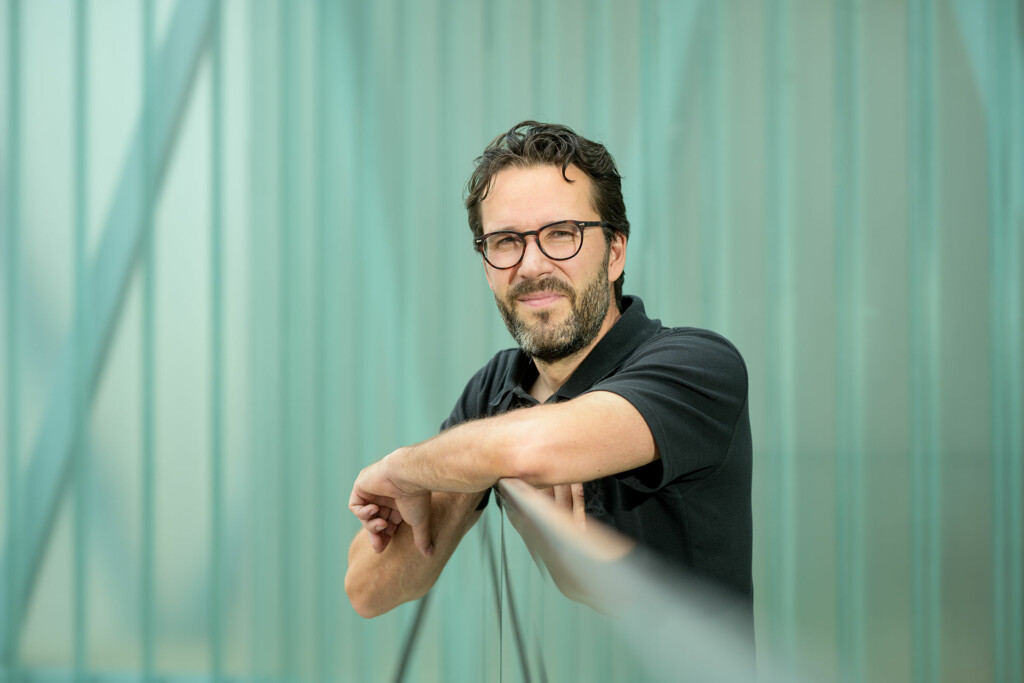
– We just need to be able to reconcile different needs with each other within what can realistically be implemented in a city environment.
According to Salermo, the planning of the transport system now revolves largely around car traffic.
– It is crucial that we find balance at the system level, i.e. how many streets are needed to ensure efficient car traffic and how much space can be freed up for other positive things such as bicycle and pedestrian traffic as well as people spending time in the city centre. The overall solution can be reached by combining these things.
Salermo has been working on the transport solutions of central Helsinki for more than a decade. He hopes to see closer conversation between different actors in the future.
– The city has not been very good at listening to opinions and clearly highlighting goals that affect the daily lives of different actors. This is something we need to improve on.
# in english
